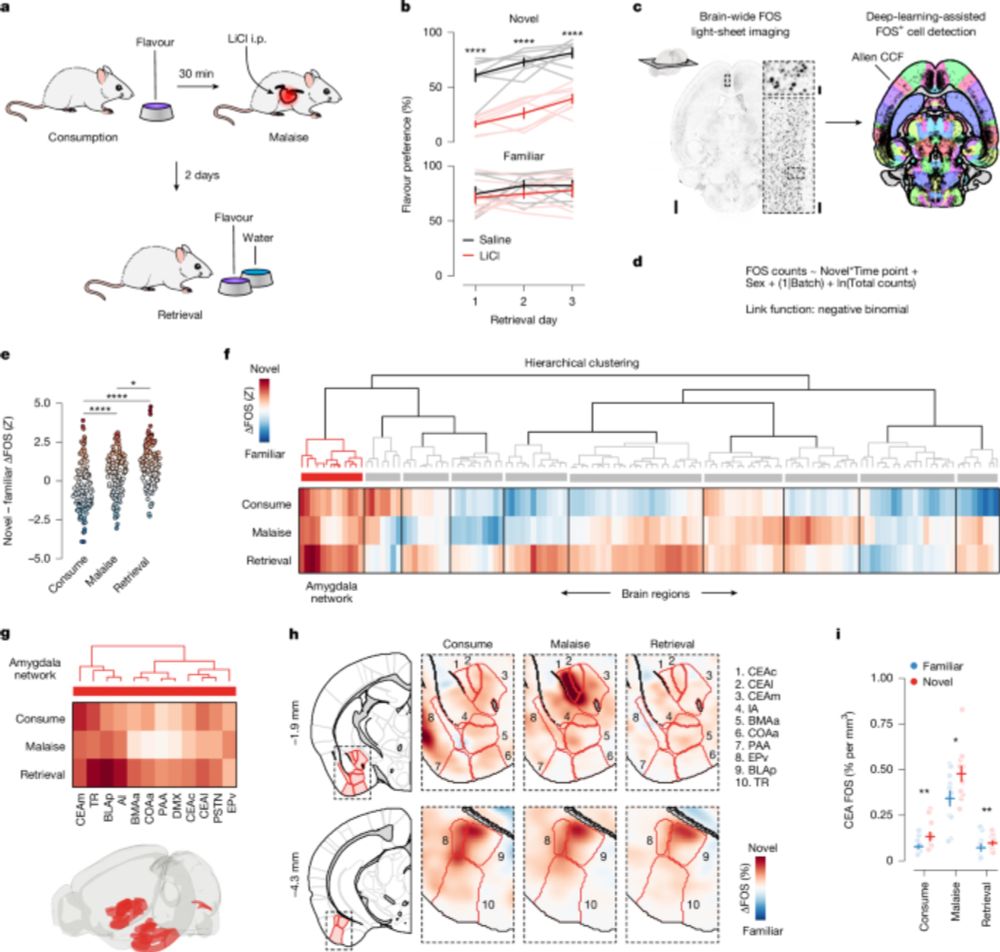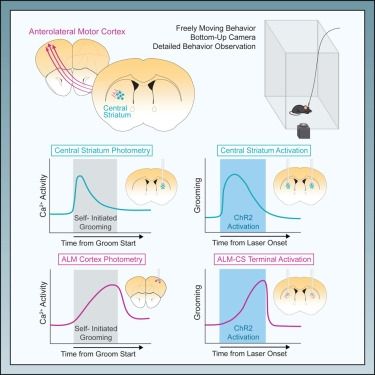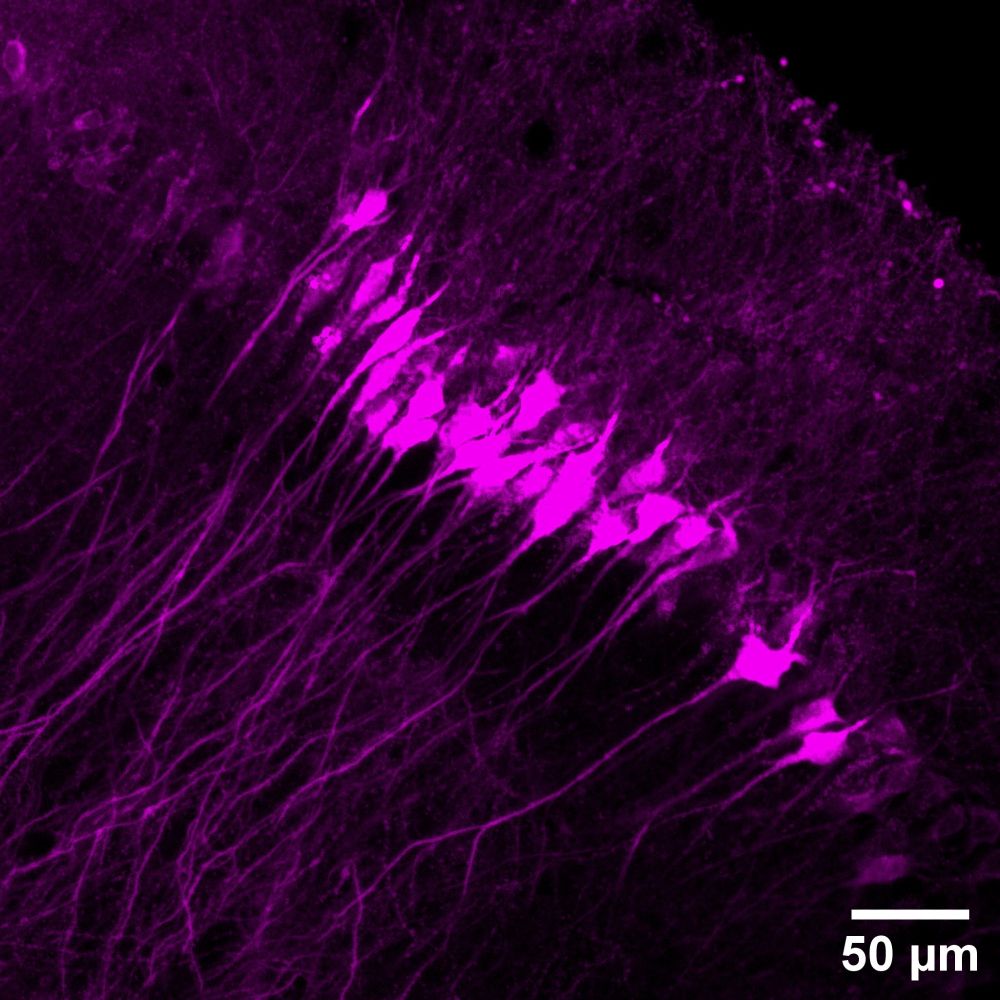amygdala neurons track reward-seeking actions, and punishment risk dramatically alters this function. lots of other (BLA-accumbens!) data included.


elifesciences.org/reviewed-pre...
elifesciences.org/reviewed-pre...
Our answer in @nature.com this week: Illness signals from the gut reactivate and strengthen flavor representations in the amygdala.
📄: nature.com/articles/s41...

Our answer in @nature.com this week: Illness signals from the gut reactivate and strengthen flavor representations in the amygdala.
📄: nature.com/articles/s41...
Led by Ling-Xiao Shao and @ItsClaraLiao
Funded by @NIH @NIMHgov
📄 Read in @nature.com - www.nature.com/articles/s41...
1/12

Led by Ling-Xiao Shao and @ItsClaraLiao
Funded by @NIH @NIMHgov
📄 Read in @nature.com - www.nature.com/articles/s41...
1/12
CARE focuses on the link between Alzheimer’s and perimenopausal hormonal changes wellcomeleap.org/care/
Note: full indirects!
Please share widely to support women’s health 🙏🏼
CARE focuses on the link between Alzheimer’s and perimenopausal hormonal changes wellcomeleap.org/care/
Note: full indirects!
Please share widely to support women’s health 🙏🏼
Bluetorial on the way...
Ft. @ahmarilab.bsky.social @piantadosisean.bsky.social
If you're into mouse behavior, optogenetics, and calcium imaging, here's this 🐀🔦🔬
www.cell.com/cell-reports...

Bluetorial on the way...
Great opportunity to study behavior relevant for OCD🐀🧠 use cutting edge techniques🔬🧬 and have a supportive and encouraging mentor 🫶
Not to mention, Pittsburgh is the best 💛🖤
Ft. @ahmarilab.bsky.social @piantadosisean.bsky.social
If you're into mouse behavior, optogenetics, and calcium imaging, here's this 🐀🔦🔬
www.cell.com/cell-reports...

Great opportunity to study behavior relevant for OCD🐀🧠 use cutting edge techniques🔬🧬 and have a supportive and encouraging mentor 🫶
Not to mention, Pittsburgh is the best 💛🖤
Ft. @ahmarilab.bsky.social @piantadosisean.bsky.social
If you're into mouse behavior, optogenetics, and calcium imaging, here's this 🐀🔦🔬
www.cell.com/cell-reports...

❄️🧠
I’ll be talking about translational approaches to paranoia, and consilience across rodents, primates, and humans



❄️🧠
I’ll be talking about translational approaches to paranoia, and consilience across rodents, primates, and humans
If you are working or interested in working in animal behaviour using home-cage systems, you need to sign up! All costs covered!
17-20 June Bratislava
https://buff.ly/3E7MiaW


If you are working or interested in working in animal behaviour using home-cage systems, you need to sign up! All costs covered!
17-20 June Bratislava
https://buff.ly/3E7MiaW
lab, which represents the culmination of my postdoctoral work, and serves as the platform for my future research programs investigating the in vivo role of the endocannabinoid signaling system!
www.biorxiv.org/content/10.1...

can-acn.org/scientist-se...
can-acn.org/scientist-se...
Half of speakers will be selected from abstracts submitted by trainees. Registration is open below, with discounted rates available until January 31st.
event.fourwaves.com/engramsensem...

✨exceptional, brightness
✨phototability
✨and optogenetic compatability.
Check out our new preprint:
www.biorxiv.org/content/10.1...

✨exceptional, brightness
✨phototability
✨and optogenetic compatability.
Check out our new preprint:
www.biorxiv.org/content/10.1...



I’m Kasey Girven a Postdoc in the Bruchas Lab at The University of Washington.
I study how a neuropeptide S, peri-coerulear projection to the OFC is recruited during repeat exposure to high value rewards 🐭🧀💉
Come listen to my spiel this Wednesday at 3PM in the Grand Sonoran JK 🧠

I’m Kasey Girven a Postdoc in the Bruchas Lab at The University of Washington.
I study how a neuropeptide S, peri-coerulear projection to the OFC is recruited during repeat exposure to high value rewards 🐭🧀💉
Come listen to my spiel this Wednesday at 3PM in the Grand Sonoran JK 🧠

